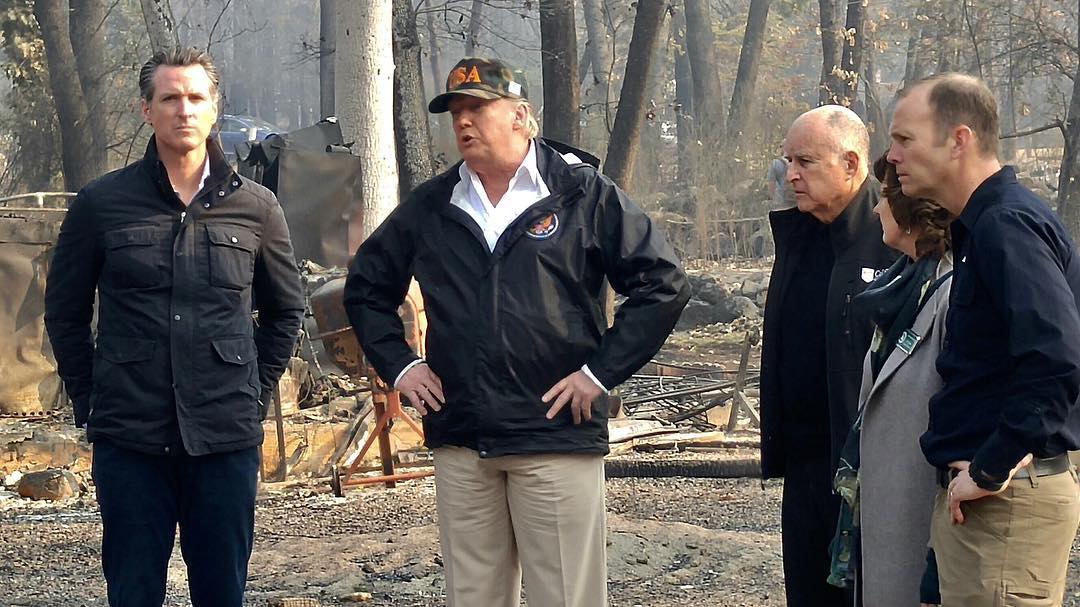
SACRAMENTO, Calif. — A desire to live near nature is embedded in California’s ethos, Gov. Gavin Newsom said Monday as he explained why he doesn’t want to block home building near forested areas at high risk for wildfires.
“There’s something that is truly Californian about the wilderness and the wild and pioneering spirit,” Newsom said in an interview with The Associated Press. “I’m not advocating for no (building).”
Newsom on Friday released a report outlining the challenges of California’s growing wildfire threat that suggested local government “de-emphasize” building in high-risk areas around forests. But he told the AP it was a loose suggestion aimed at starting a debate about how Californians can build smarter and closer to urban centres and economic hubs.
More than 2.7 million Californians live in areas state fire officials say are at a very high hazard for wildfires, according to an AP analysis of census data and state fire maps. Nearly 180 cities and towns are in those very high hazard areas.
The recently retired head of the California Department of Forestry and Fire Protection, Ken Pimlott, said last year that government should consider blocking construction in high-risk areas, given the devastating loss of property and lives.
But Newsom said he’s never seen a realistic proposal for how to do it.
“I’ve never seen a deep analysis,” he said. “And I think one has to be cautious about that.”
A wildfire that ripped through the Northern California town of Paradise last November, destroying 19,000 buildings and killing 85 people, served as a wake-up call on the need for immediate action as the climate warms and fires worsen. The town was considered at severe risk for wildfire.
Newsom suggested the town’s history dating to the 1800s is too deep to simply walk away.
Instead he said Paradise should be rebuilt under more modern building codes and with a greater focus on sufficient evacuation routes and shelter-in-place plans. California has the nation’s most robust building requirement programs for new homes in fire-prone areas, and a recent analysis by McClatchy showed that a higher percentage of homes built after new building codes took effect in 2008 survived the fire than those built before.
Newsom’s father, a former state appeals court judge, lived in Dutch Flat, a community on the edge of the Sierra Nevada range.
“There’s a frontier aspect, a historic component,” Newsom said, referencing the phrase “Go West, young man” that is often attributed to author Horace Greeley, an advocate of westward expansion.
The concept of local control is also deeply embedded in California’s ethos and Newsom, a former mayor of San Francisco, said he doesn’t want to take away land-use planning power from local governments.
He also suggests expanding housing in urban areas that have better access to transportation and jobs. California faces a crisis over housing affordability that has pushed more people beyond urban areas.
“When I say de-emphasizing, it’s loose,” he said. “It’s about considering your environment literally and not just figuratively, and beginning to be more strategic about the planning.”
Whether any of Newsom’s ideas, such as encouraging local planners to include fire safety concerns in their general plans, will become law remains up to the Legislature.